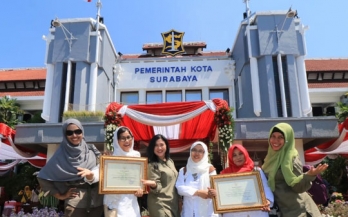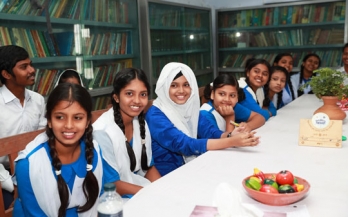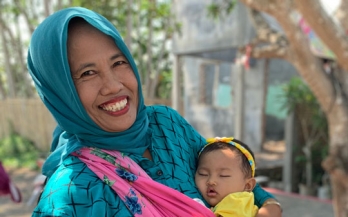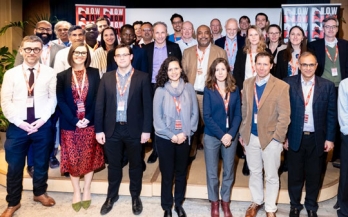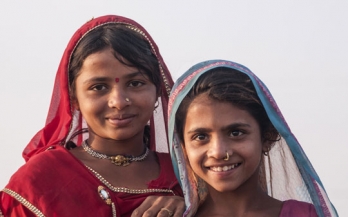Animal-source foods (ASF) have long been important components of human diets, providing essential macro- and micronutrients. However, ASF production has increasingly been scrutinised as a driver of negative global environmental change, including climate change.
We use dietary intake surveys of what people eat a lot. They are needed to support the design, monitoring, and evaluation of food-based nutrition programmes that aim to improve dietary adequacy in populations. In a world where over one third of people have unhealthy diets, getting this right matters.
In 2017, a cross-sectional survey, comprised of a household and market in two states (Ebonyi and Sokoto) was conducted using the Fortification Assessment Coverage Toolkit (FACT). The aim of the survey was to provide information on household coverage and consumption of fortifiable and fortified foods among children and women of reproductive age, and availability and quality of fortified foods from markets.
On Sunday 10 November, staff members from GAIN Indonesia received awards from the Surabaya City Mayor for their significant contributions in improving child and maternal nutrition in the city. Despite being the second-largest city in Indonesia with a rapid economic growth of 6% in 2018, Surabaya is not free from malnutrition. As much as 27% of children under five are stunted.
Malnutrition during adolescence can have lifelong consequences. Adolescents undergo rapid biological and socioemotional changes and set lifelong dietary and related habits. Gender norms can leave girls disproportionately impacted by food insecurity, but many adolescent boys are malnourished as well. Adolescent girls are at risk of dropping out of school, marrying, and becoming pregnant - all of which can harm their nutrition and health as well as that of their offspring.
The period 10-19 years of age is one of accelerated growth both physically and psychosocially. Boys and girls during this rapid growth phase have increased nutritional requirements of both macronutrients (carbohydrate, protein, and fat) and micronutrients. This is due to rapid physical growth and the onset of menses in girls and accelerated muscle and bone mass development in boys.
While the first 1,000 days remains a critical period of nutritional need, adolescence the period from 10-19 years of age is characterised by rapid biological and psychosocial growth and development. Up to 45% of skeletal growth takes place and 15 to 25% of adult height is achieved during adolescence.
A critical element to improve children’s health and reduce child malnutrition is changing behaviours and practices around maternal and infant nutrition. In Indonesia, mothers are generally aware that exclusive breastfeeding for six months is best for their child, and that they should continue to breastfeed for a further eighteen months with complementary foods.
Most people, including low-income households in developing countries, buy their food from markets, both formal and informal. Therefore, it makes sense to treat them as consumers. At GAIN, our aim is to enable these consumers to improve their diets through increasing consumption of nutritious and safe foods, because a good diet is central to tackling all forms of malnutrition.
Every year UNICEF issues an authoritative review called the “State of the World’s Children”. GAIN is proud to have worked closely with UNICEF on its 2019 report issued in London yesterday. The focus of this year’s report is on nutrition and diets. The State of the World’s Children last addressed malnutrition 20 years ago, and much has changed since then.




